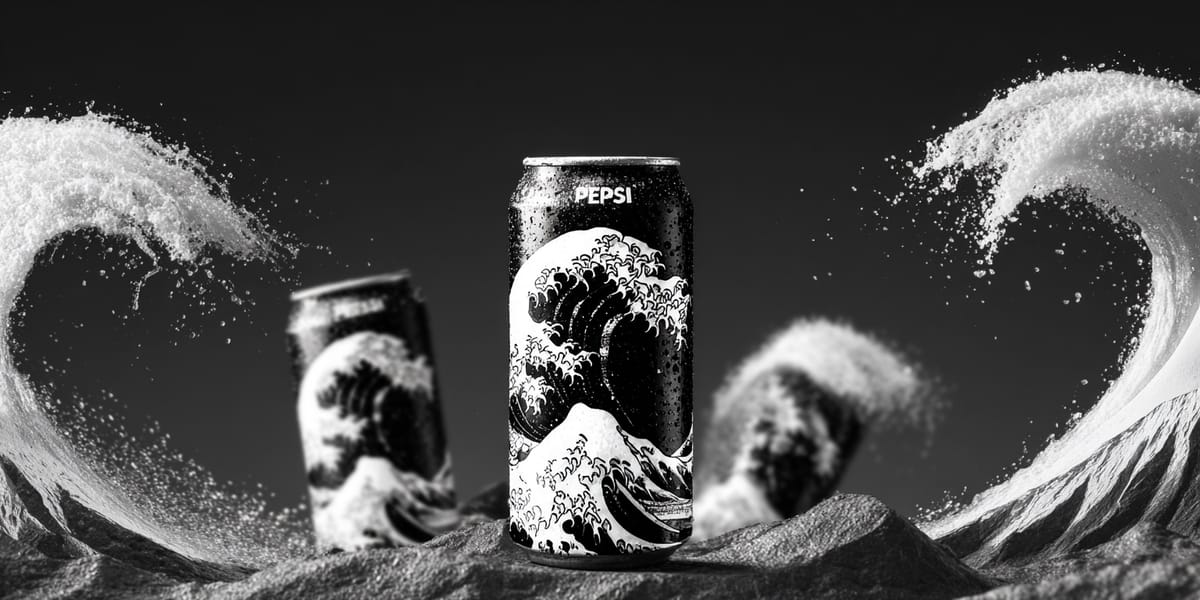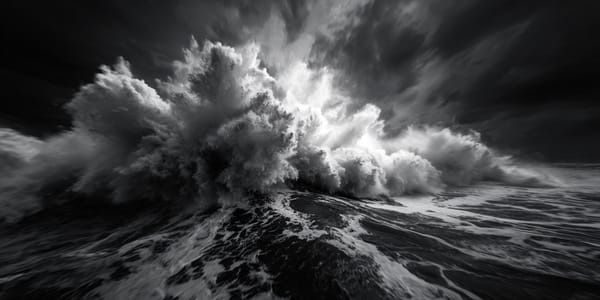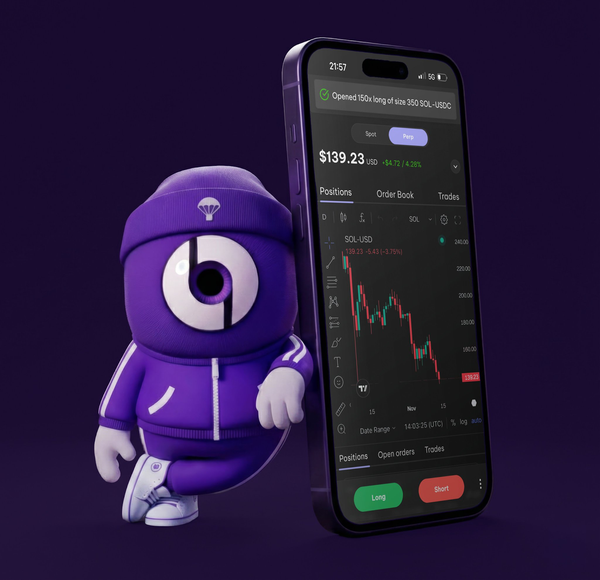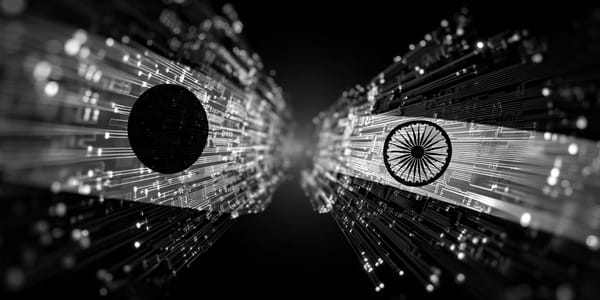PepsiCo Launches Ready To Drink Dirty Soda Products As Trend Reaches Major Chains

PepsiCo plans to launch two new ready-to-drink dirty soda beverages next month. According to CNBC, the company will unveil Dirty Dew and Mug Floats Vanilla Howler at the National Association of Convenience Stores trade show in Chicago. These products follow the earlier release of Pepsi Wild Cherry & Cream, which hit retail shelves in 2025.
Utah-based chain Swig coined the term "dirty soda" in 2010. The company has grown to more than 140 locations across 16 states. Swig reported same-store sales growth of 8.2 percent this year, according to privately held company data. Major fast-food chains now offer limited-time dirty soda menu items, including Taco Bell's dirty Mountain Dew Baja Blast.
McDonald's currently tests flavored sodas at more than 500 locations after closing its CosMc's concept. TGI Fridays launched dirty soda as a summer menu item that could include alcohol. The trend uses regular soda as a base, then adds flavored syrups, cream, or other ingredients.
Why This Matters
The dirty soda trend helps reverse declining U.S. soda consumption patterns. Soda consumption peaked at 15.3 billion gallons in 2004, according to CNBC. By 2024, consumption dropped to 11.87 billion gallons. However, 2025 consumption estimates show growth to 11.88 billion gallons.
Dirty sodas attract younger consumers who previously avoided traditional soda brands. Swig's core customer base consists of women aged 18 to 35. Nearly three-quarters of Generation Z consumers try new beverages monthly, according to Keurig Dr Pepper's 2025 trend report. According to The Food Institute, dirty soda menu penetration currently sits at 2 percent but grows at a 42 percent rate.
Restaurant operators find dirty sodas easier to implement than complex coffee drinks. The average dirty soda price reaches $5.50, with quarterly price increases of 6 percent. Brands leverage existing soda machines and simple add-ins like cream or syrup.
Industry Implications
The carbonated soft drink market embraces functional and customization trends to compete with coffee. Traditional soda companies face pressure from prebiotic soda brands like Olipop and Poppi. These brands captured significant market share by offering gut health benefits alongside familiar flavors.
Dirty soda provides beverage companies with a recruitment tool for new customers. Katie Webb, vice president at Keurig Dr Pepper, told CNBC that the trend draws users back to base brands long-term. PepsiCo's Mark Kirkham compared dirty soda's rise to historical root beer floats and vintage soda shops.
The trend moves from foodservice locations to retail grocery stores. Dr Pepper Creamy Coconut became the company's most successful limited-time carbonated soft drink based on retail sales. Ready-to-drink versions allow beverage giants to capitalize on the customization trend at scale. According to The Food Institute, celebrities like Dua Lipa and cast members from "Secret Lives of Mormon Wives" help drive viral social media adoption.
Social media platforms, particularly TikTok, accelerate dirty soda awareness beyond regional markets. The trend appeals to consumers seeking affordable indulgence during economic uncertainty. Restaurant chains view dirty sodas as high-margin add-ons that require minimal operational changes.
Further Reading
For deeper insights into global adoption trends, our Alternative Financial Systems Index tracks regulatory frameworks and adoption metrics across 50 countries. This comprehensive analysis provides context for understanding how emerging consumer trends reshape traditional market structures.




